Discover 5 hidden attractions, cool sights, and unusual things to do in Lee Metcalf Wilderness (United States). Don't miss out on these must-see attractions: Sphinx Mountain, The Helmet, and Hilgard Peak. Also, be sure to include Fan Mountain in your itinerary.
Below, you can find the list of the most amazing places you should visit in Lee Metcalf Wilderness (Montana).
Table of Contents
Sphinx Mountain
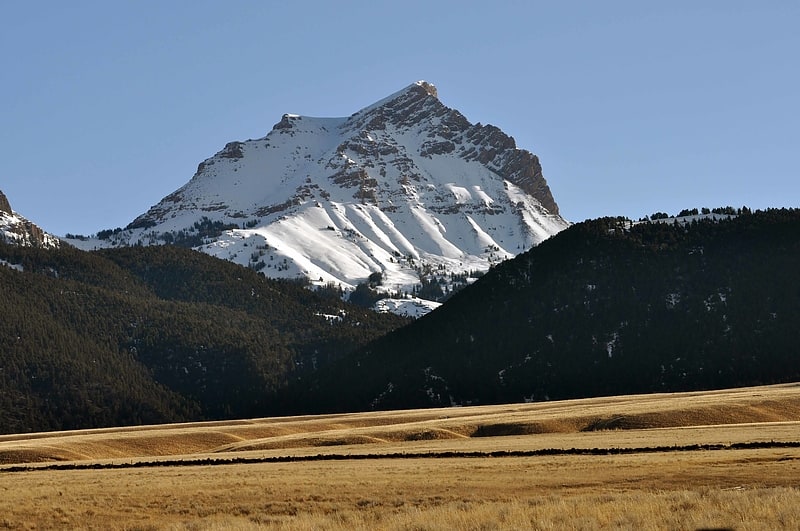
Mountain in Montana. Sphinx Mountain, el. 10,840 feet is a prominent mountain peak on the western face of the Madison Range in Madison County, Montana. The peak is located in the Beaverhead National Forest and Taylor Hilgard parcel of the Lee Metcalf Wilderness area. Its prominence and isolation makes it easy to distinguish from Ennis in the Madison River valley.
Bear and Indian creeks are tributaries of the Madison River with headwaters on the eastern and northern face of Sphinx Mountain.[1]
The Helmet
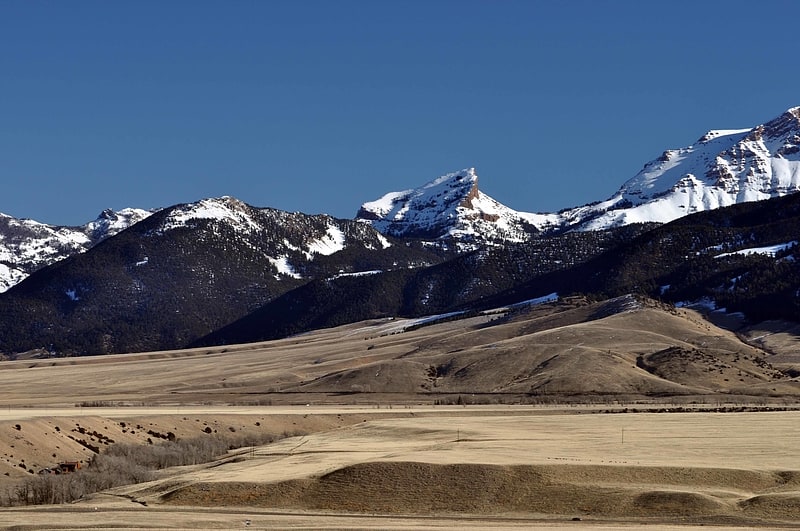
Mountain in Montana. The Helmet is a mountain peak in the Madison Range in Madison County, Montana, in the United States. The peak is located in the Beaverhead National Forest and Taylor Hilgard parcel of the Lee Metcalf Wilderness area. Its prominence, isolation and proximity to Sphinx Mountain makes it easy to distinguish from Ennis in the Madison River valley.
The name is descriptive, as the peak is said to look like a helmet.[2]
Hilgard Peak
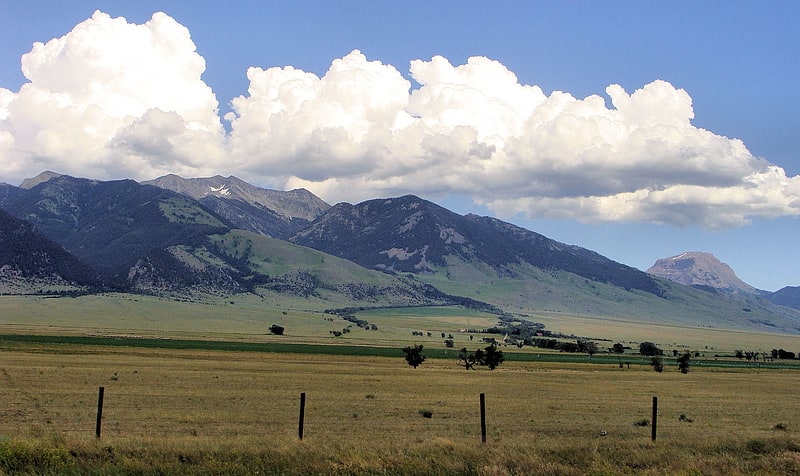
Mountain in Montana. Hilgard Peak is the tallest mountain in the Madison Range in the U.S. state of Montana. The summit is located in a remote section of the Lee Metcalf Wilderness within the Beaverhead-Deerlodge National Forest. The peak was first climbed in 1948. The peak was named for E. W. Hilgard, a geology professor who served on the Hayden Expedition during its exploration of the Yellowstone area.[3]
Fan Mountain
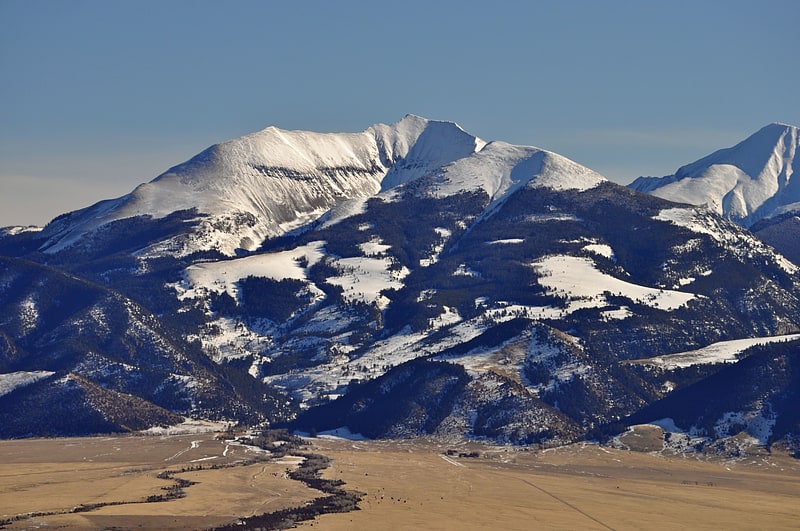
Peak in Montana. Fan Mountain, 'el. 10,312 feet is a prominent peak in the Madison Range in Madison County, Montana in the Beaverhead National Forest. The peak is located along the western face of the Madison Range at the northern end of the range. It is due east of Ennis Lake and its prominence and isolation makes it easy to distinguish from Ennis in the Madison River valley.
Jack and Cedar creeks are tributaries of the Madison River with headwaters on the eastern and western face of Fan Mountain. The mountain straddles the northern boundary of the Spanish Peaks parcel of the Lee Metcalf Wilderness area.[4]
Madison Range
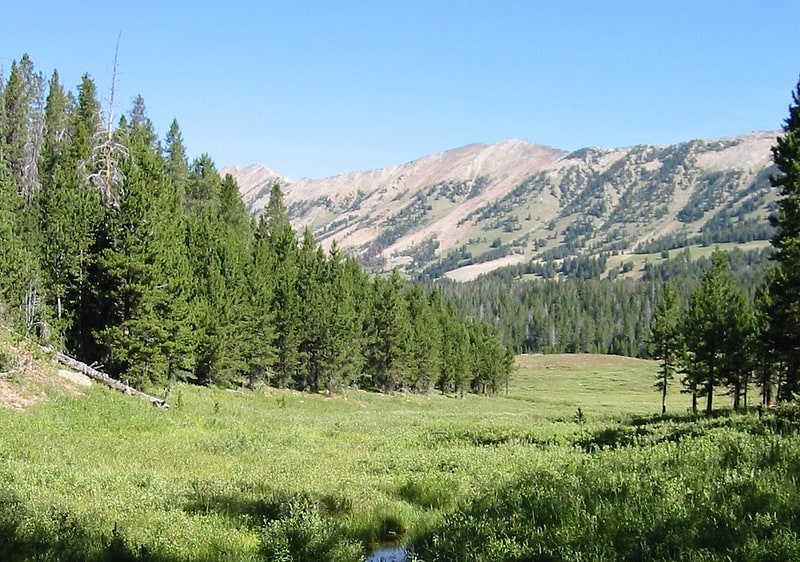
Mountain range. The Madison Range is a mountain range located in the Rocky Mountains of Montana and Idaho in the United States. The range was named in honor of future President of the United States, then U.S. Secretary of State James Madison by Meriwether Lewis as the Lewis and Clark Expedition travelled through Montana in 1805. The range extends 80 miles from West Yellowstone, Montana to Bozeman, Montana and is flanked by the Madison River on the west and the Gallatin River to the east. The highest point in the range is Hilgard Peak at 11,316 ft, a remote peak that wasn't climbed until 1948.
The Madison Range is the westernmost section of what is collectively referred to as the Greater Yellowstone Ecosystem. Most of the range lies within Beaverhead-Deerlodge and Gallatin National Forests. A small portion of the range has been further protected with the creation of the Lee Metcalf Wilderness. The region has grizzly and black bears and at least one pack of wolves. Most other larger mammal species native to the region continue to exist in the range.
Quake Lake lies not far to the south of Hilgard Peak. The lake was created by a landslide which dammed the Madison River at the time of the M7.5 1959 Hebgen Lake earthquake.[5]